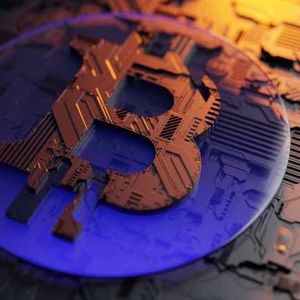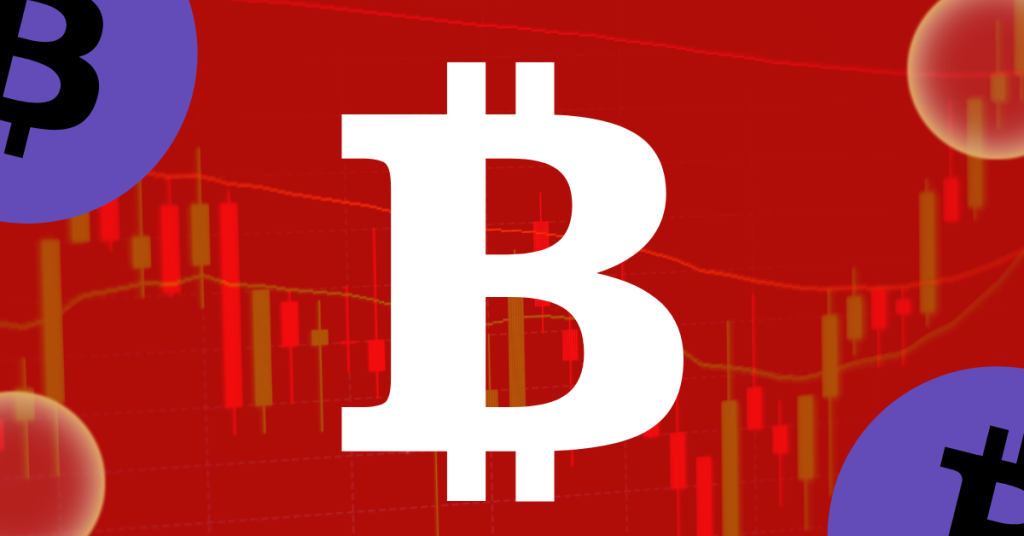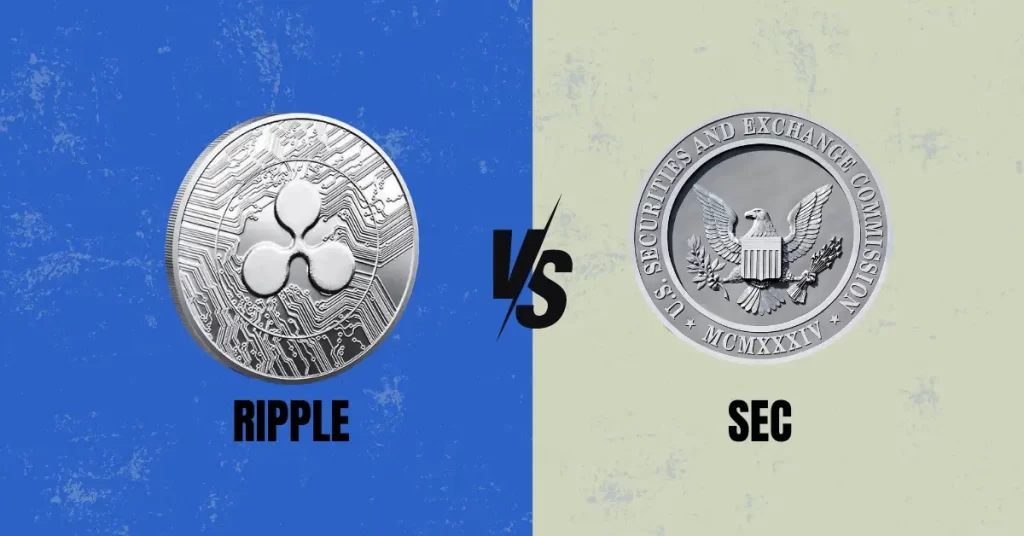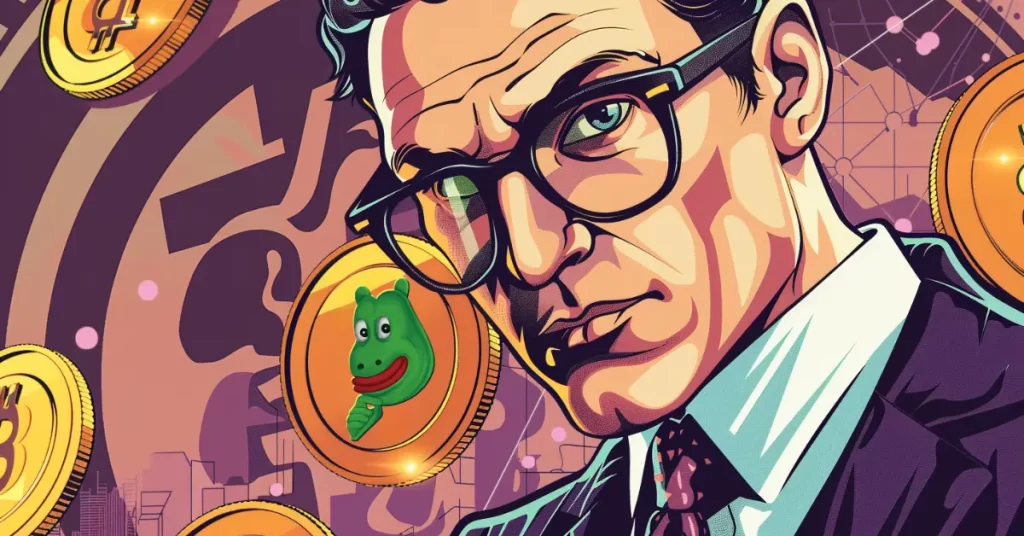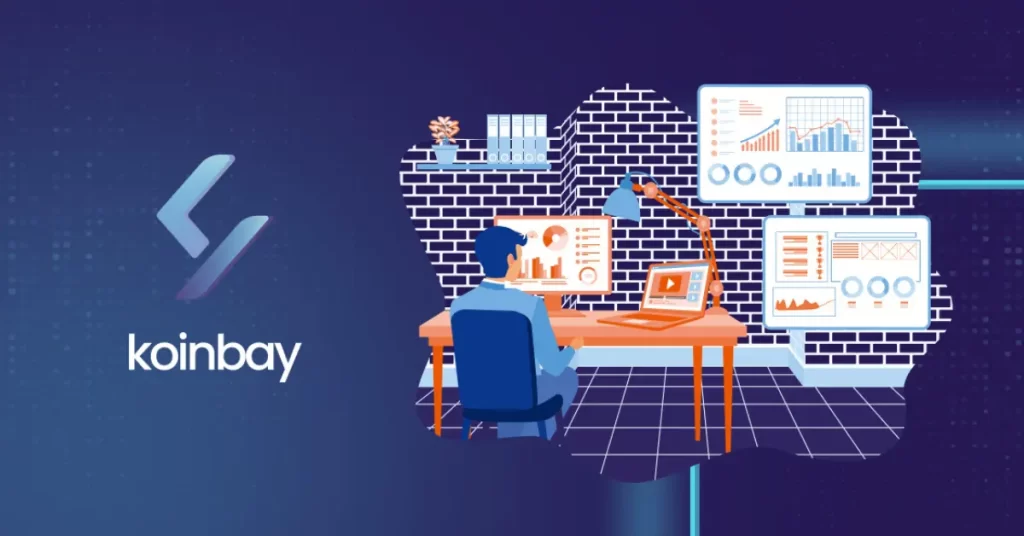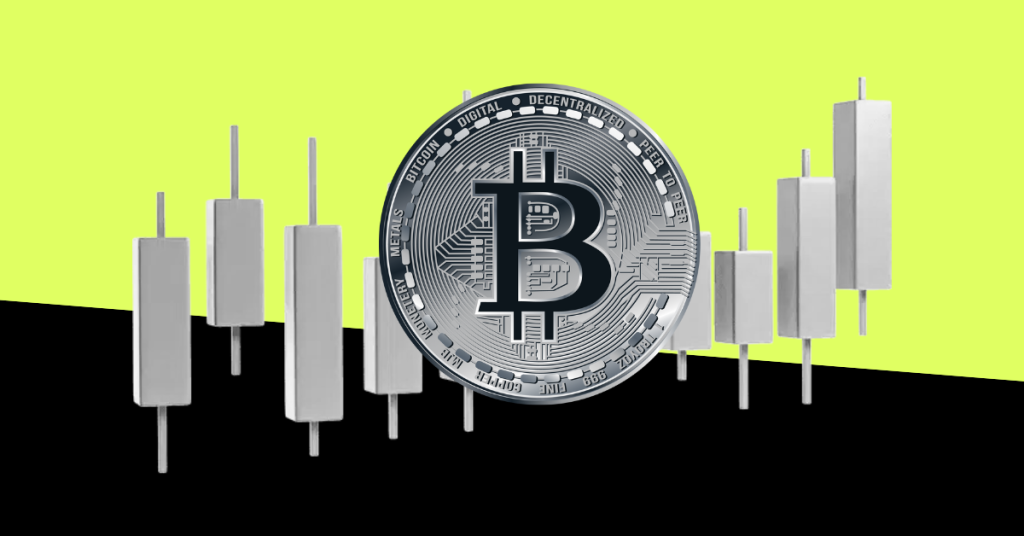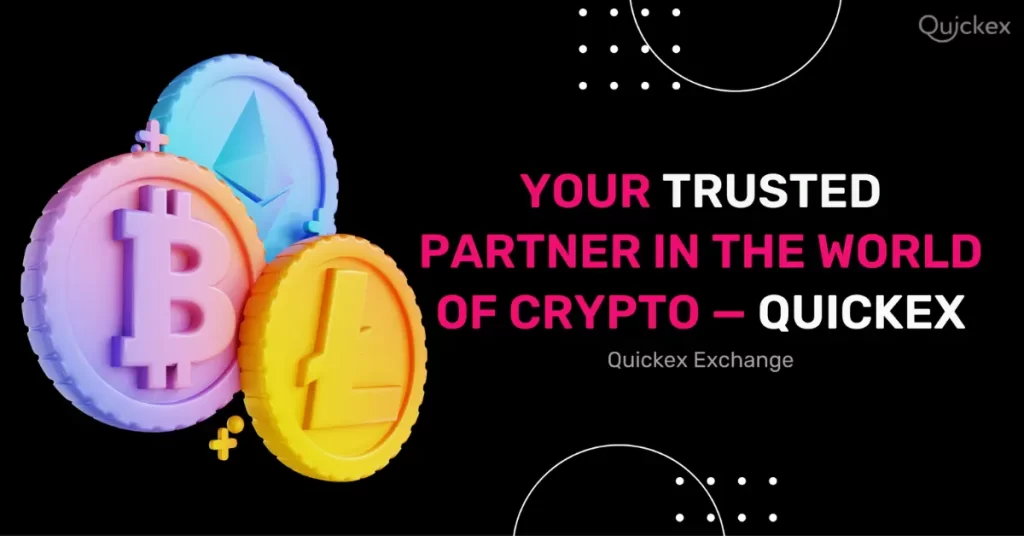Summary BTC is a buy and we don't need the monetary use case to address or justify Bitcoin's value. Its features as a special database are enough. To use Bitcoin, one needs BTC. Only BTC transactions can be used to write to the database. The result is that BTC gains value through its velocity as necessitated by Bitcoin's utility as a special database. We can estimate the value of the database by comparing it to other tech enterprises. This can then be extrapolated to value BTC the cryptocurrency. I explain how this thesis can be wrong. It all hinges on the first point: that the special database is actually useful. People own Bitcoin ( BTC-USD ) for various reasons. One obvious reason is "greater fool" speculation. Another reason is they need a pseudonymous way of transferring value. Another is a belief in its monetary properties or in the value of decentralized self-custody. This article presents something entirely different-where Bitcoin the innovation is the primary subject of discussion. One way of looking at it is that this reason enables the others to manifest, yet it is so often overlooked that even Bitcoin bulls cannot or do not articulate it. I will refer to the Bitcoin network/ blockchain/ database/ technology as "Bitcoin" and the individual units of account within the network as "BTC" or "satoshis" (which is the indivisible unit in Bitcoin's architecture and 1/100,000,000 of a BTC). This differentiation is important because it cuts to some root misunderstandings about Bitcoin. The thesis is simple: Bitcoin is a unique database that beats all other database in each of these features: Public and Accessible - Anyone can access the database at any time. Anyone can add to it provided they follow the rules for doing so. Transparent - The procedure for updating the database is known. Anyone can verify that the procedure is being and has been followed. Secure and Immutable - Once a record is added, it cannot be changed. Also, unless an action comes from the authorized personnel, it literally cannot be added. Uptime and Reliability - 100% uptime for the last 10 years and over 99.98% uptime since inception. Updates are made every 10 minutes on average: predictable and reliable. A remarkable fact is that Bitcoin accomplishes this through a network effect. It gains most of these features by being public in the first place, which attracts more activity and self-reinforces Bitcoin's value proposition. At this point, Bitcoin has too strong of a network effect for competitors to overcome without making a tradeoff that sacrifices some of those qualities. As a result there is a fifth, critical benefit which Bitcoin enjoys-it has an exceedingly strong monopoly over the market for public, accessible, transparent, secure, immutable, reliable, 100% uptime databases. Bitcoin is like an enterprise with a high barrier to entry. The question now becomes: what is the value of such an enterprise? Technical Overview Before we get into valuation, let's see how it actually creates these effects and whether the process is sustainable. Bitcoin accomplishes these features by adding two new innovations- proof-of-work (PoW) and difficulty adjustment (DA)-to two pre-existing inventions: asymmetric cryptography and the Internet. By doing so, Bitcoin forces cooperation between people who do not trust or even know each other. The product of this cooperation is the maintenance and continued existence of the very special database. I'll go into each of the four innovations, in order of general familiarity. The Internet requires no introduction. It allows Bitcoin users to communicate with each other. It is the foundational communication layer of Bitcoin. Asymmetric cryptography ensures people communicating over the Internet are actually who they say they are and that only the intended recipient of messages can read a message. Notably, asymmetric cryptography involves a public key and a private key which are used to encrypt and/or decrypt messages. An individual's private key is known only to him. His public key is known to everyone. The private key can be used to encrypt messages that only the public key can decrypt and vice versa. When you successfully decrypt a message from a person using their public key, you know that it came from that person because only a message encrypted by his private key can be decrypted with his public key. Also, when you want to send a message to someone, you encrypt the message with her public key. No one except her can read the message because only her private key can be used to decrypt the message. The asymmetric design of this kind of cryptography enables convenient security and verifiability because anyone can generate a private and public key pair, keep the private key, publicize the public key, and trust that all future communication using those keys will be secure. From this mechanism, we begin to see an origin of Bitcoin's security. PoW is a twofold concept. First, verifiable work in the form of mathematical computations is a requirement to append to the database. The nature of this work contributes to Bitcoin's immutability and security. The only way to add a new block is through a time-consuming, iterative trial-and-error process that requires referencing all previous blocks while including new transactions. On the other hand, verifying that the work was done correctly is exceedingly simple. Since each new block refers to the existing blocks, once a block is added it cannot be changed after a number of new blocks have been added afterwards. This contributes to immutability. Second, the version of the database that required the most work to create is regarded as the correct version of the database. Since the database at any moment is a chain of blocks, each of which requires a lot of work to append but very little work to check for correctness, the database's current existence represents a statement of verifiable performed work. The only way to change the database after something is recorded is to perform more work than what the entire network has already performed from the moment that something was first recorded to create another version of the database that would then be regarded as correct. It is a catch-up game that has a nearly zero chance of success . Furthermore, anyone can do the work to append to the database. The database incentivizes this behavior because users will pay fees to the person who adds their transactions to the database. This allows Bitcoin to be public and accessible. Also, 100% uptime is maintained because people are always working on it. DA is an undermentioned Bitcoin concept, even among bulls. DA gives Bitcoin its reliability and predictability by adjusting the work required to add blocks such that on average it takes about 10 minutes of work by the entire network to generate a block. DA arguably contributes to efficiency because it gives the entire network plenty of time to process each new block. Because work is performed all over the world, there is a chance that two valid blocks are appended at the same time. This is called a fork in the blockchain-another version of the database. At this point everyone else must decide which block to accept as valid so they can reference that block (and not the other) as they make subsequent blocks. 10 minutes gives the network plenty of time to verify accuracy and make this decision. Without DA, more people doing work will lead to blocks being created more quickly, which raises the possibility of more forks and in the long run brings down the overall efficiency of the network. Also, since security is embedded within the cumulative work performed in a version, creating more forks diminishes the cumulative work within each database version, so it reduces security as well. All of these rules are written into Bitcoin's fully open-source code . Everyone can know exactly how the procedure works and everyone can check that it worked as intended. There is no hidden information anywhere. This is unparalleled transparency. It is important to note that Bitcoin has many shortcomings when compared to other databases. For instance, it is very slow because it only processes about 7 transactions per second and updates the database, in the form of appending blocks of transactions to the blockchain, at a rate of about 10 minutes per block. Also, each block cannot exceed a certain size, which clearly limits the amount of data that can be appended per update. In this respect, OneDrive is much better. Also, Bitcoin cannot process complicated computations or logic based on the data. Cloud computing is better for that. One cannot even "free up space" on Bitcoin by deleting stuff so in this regard even a USB from 2003 serves as data storage with more flexibility. But none of these are the market Bitcoin is competing in. Again, it is involved only with public, accessible, transparent, secure, immutable, reliable, 100% uptime databases-a super specific product market fit. So what is that market size and what is Bitcoin's value? The Database's TAM The heart of this thesis lies in what the investor believes is the total addressable market ((TAM)) for a database like Bitcoin. At face value and based upon the database's description, this should be a big market. Many people can derive some benefit from something like this and there are accelerating tailwinds which promote openness and accessibility in public systems. Also, Bitcoin's use of asymmetric cryptography as the ultimate arbiter of ownership has seen increased interest from those living under unfavorable monetary or political regimes. This use case will only increase as more people become aware of Bitcoin's solutions to these issues. Bitcoin can also be used to store data that has nothing to do with financial value transfers. All data are simply 1s and 0s, and they can be inscribed into a Bitcoin transaction and inherit the immutability and security of the database. The recent and highly publicized Ordinals NFTs puts this use case on full display. Metadata, images, and even videos have been inscribed into single satoshis which will remain on the blockchain forever. Current NFT use cases are admittedly fickle. However, the potential for a public, verifiable, and secure ownership record of real-world items-the true value proposition of NFTs-has barely been explored. What's most impressive is that this is only base-layer Bitcoin. The potential to scale via higher layers makes the TAM truly enormous. Higher layers may bundle many different actions into a single addition to the Bitcoin base layer. They can process updates much faster and regularly publish the results of these updates to Bitcoin to create a more secure and permanent record. It is also in these higher layers that users can enjoy greater privacy. In a more extreme bull case, one could imagine Bitcoin as the underlying reference point for a good portion of the Web. There is a market for accessible (or, more suggestively, censorship-resistant) online spaces and a market for immutable online records. Only a database which can guarantee these qualities is well-placed to address these issues. The portions of the Web where users demand such qualities can eventually evolve to route much of its operations, even the ones requiring extremely high throughput, ultimately through the Bitcoin database using a combination of higher layer scaling solutions and the base layer. In this case, the TAM would constitute a significant chunk of the Internet itself, which is absolutely enormous and nearly infinitely scalable. Valuation as a Tech Enterprise (Of Sorts) Bitcoin is clearly not a company or legal entity. It is simply software that anyone can run. The cumulative effect of a lot of people doing so is the unique database. A lot of people have done so, such that what has been bootstrapped from this activity is an enterprise monopolizing a special database service. This is a bit like what tech firms currently provide-a special anti-competitive technology service. The profits of this enterprise do not accrue to BTC owners the way AAPL shareholders receive value through dividends and buybacks. Instead, value accrues to BTC owners within the velocity of BTC . Note that value also accrues to the miners who perform the PoW. However, in the long run the marginal value accruing to miners should equal the depreciated capital expenditures and energy costs consumed by PoW mining. This is the concept of marginal cost equaling marginal benefit in a perfectly competitive market. Since mining is something anyone with a computer and power can do, the market is pretty competitive and this value accrual is largely negligible. The velocity of BTC refers to the fact one needs BTC to do anything on the database. Miners select transactions with higher BTC fees when they create blocks. The only actions that the database accepts are transactions of BTC from one address to another. Data can then be inscribed within the transacted BTC. The only way to write to the database is to make a transaction that involves BTC. So, the purpose of a transaction is not necessarily sending BTC for the sake of doing so-there is the exogenous use case of being able to write to the database. (Note that this exogenous use-case also single-handedly answers the often-asked question of "what backs BTC?") This generates demand for BTC because there is (or theoretically will be) significant demand to use the kind of database that Bitcoin happens to be. Thus, there is a natural velocity in BTC. To do anything besides simply reading the database, you need to spend BTC. People who receive the spent BTC will eventually spend their earned BTC to do something else on the database, and so forth. Everything being done is presumably valuable for the doers, or they wouldn't do it. Those who passively hold BTC are afforded the option to participate in this activity at any time. The velocity of BTC transactions gives BTC owners value because it means useful activity is occurring and the only way to participate in the activity is through the BTC. All this talk of velocity and spending and earning makes BTC sound a bit like money. But that point isn't required . We need only think of BTC as a quasi-security or commodity and the actual money as fiat currencies, like the US Dollar. USD is used to buy the security ((BTC)) and one can gain "yield" from their investment by selling fractions of BTC as more people use Bitcoin (and therefore require BTC). Clearly, the more valuable Bitcoin's service is to people, the greater the cash flows one can receive from making that initial purchase of BTC and amortizing their stock over time. Unlike normal securities, the owned amount will gradually decrease. But this is functionally like selling off parts of an appreciated equity holding so one can earn intermittent cash flows in the form of realized capital gains. Therefore, I postulate that while the network's economic value to people (an unknowable number) might not be the market cap of BTC, the two should be related and close. At the very least, the two should move together. Also, because BTC has an unalterable fixed supply , it should command a premium because the enterprise is short the option of diluting existing "shareholders." This is a benefit publicly-traded equity cannot supersede. There is also a very real possibility that the effective supply of BTC will diminish over time as private keys are lost forever and the BTC controlled by those keys can never again have velocity. Again, this should confer a premium to all BTC. Though there is no buyback or dividends, there is velocity and useful activity, there is a guarantee of no future dilutions to the stock of potential velocity, and there is a (near) guarantee of diminishing "share" count-which is kind of like a buyback. Therefore, w hile BTC are not shares of Bitcoin, they might as well be . I estimate that the value of Bitcoin as simply the special database should be around what cloud computing is today. The reason is that Bitcoin neatly fits into a technology archetype like that of cloud computing-something that people have found to be useful despite initial ignorance of its utility and mechanism. Yet, Bitcoin is not in competition with cloud computing. If anything, it complements cloud computing by adding unique guarantees to Internet-based data. Cloud computing was estimated to have earned $545 billion in 2022 revenue and experience 17.9% CAGR over the next 5 years. Assuming a price to sales multiple below 4x, the cumulative cloud computing capitalization is worth over $2 trillion. At this point we can think whether it makes sense to have BTC adopt a similar market cap. I say yes, and that we are probably being conservative, because of the fixed (but likely decreasing) BTC supply. Again, this must be given a higher multiple because of the short dilution option. Cloud computing is also only a good comparison for now . Eventually, I expect even more use cases for the database such that more and more of the Web is routed to Bitcoin to inherit its benefits. This would cause it to contribute well beyond what cloud computing can offer. Lastly, it must be pointed out that the economic cost of Bitcoin is absolutely the energy consumption of PoW but that this cost does not accrue to BTC owners the way Apple's electric costs are paid by AAPL shareholders. That is an additional benefit of accruing value via velocity rather than cash distributions. There will only ever be 21 million BTC. Currently, there are 19.3 million BTC and 1.7 million BTC remains to be mined. If the market cap was $2 trillion, then 1 BTC today should be worth a little over $100,000-the price target of the thesis based on the aforementioned assumptions. This is nearly a fourfold increase from the current price and over 50% above the all-time high at the time of writing. But keep in mind this makes the obviously conservative assumption that none of the 19.3 million BTC today are lost and all owners are happy to expose their holdings to velocity (spend them on something). Where This Thesis Could Be Wrong Again, the thesis hinges on the supposed TAM of the database. It could be possible that such a database is not nearly as useful as it is presented here. It could be possible that there is some unknown flaw in the code that alters Bitcoin's ability to preserve those qualities. This would render the database itself pointless, as it is practically useless for anything else. It could be that people just don't like it for some reason, so the service never catches on even though it works. Also, it is possible that the velocity argument is flawed and there isn't a mechanism where BTC owners gain value from people using Bitcoin. In this case, the thesis could be right about the technological and cultural trends but wrong about the investment decision. The final elephant in the room is of course the monetary utility argument, which I have consistently dismissed as unimportant for this thesis. Indeed, reflexive tendencies of asset markets often create unpredictable and unstable equilibria. Technology and the Internet will only exacerbate the unpredictability by increasing variance and decreasing reaction times. I view BTC's monetary status as this: it has genuine potential, mostly because of what's mentioned here, but it is not even close to money right now. But that can change and if it does, this thesis can only be relegated to an afterthought that may be regarded in hindsight as a contributing factor but not the meat of the phenomenon, whichever way the result of the money question goes. Only Time and the Market will tell.


